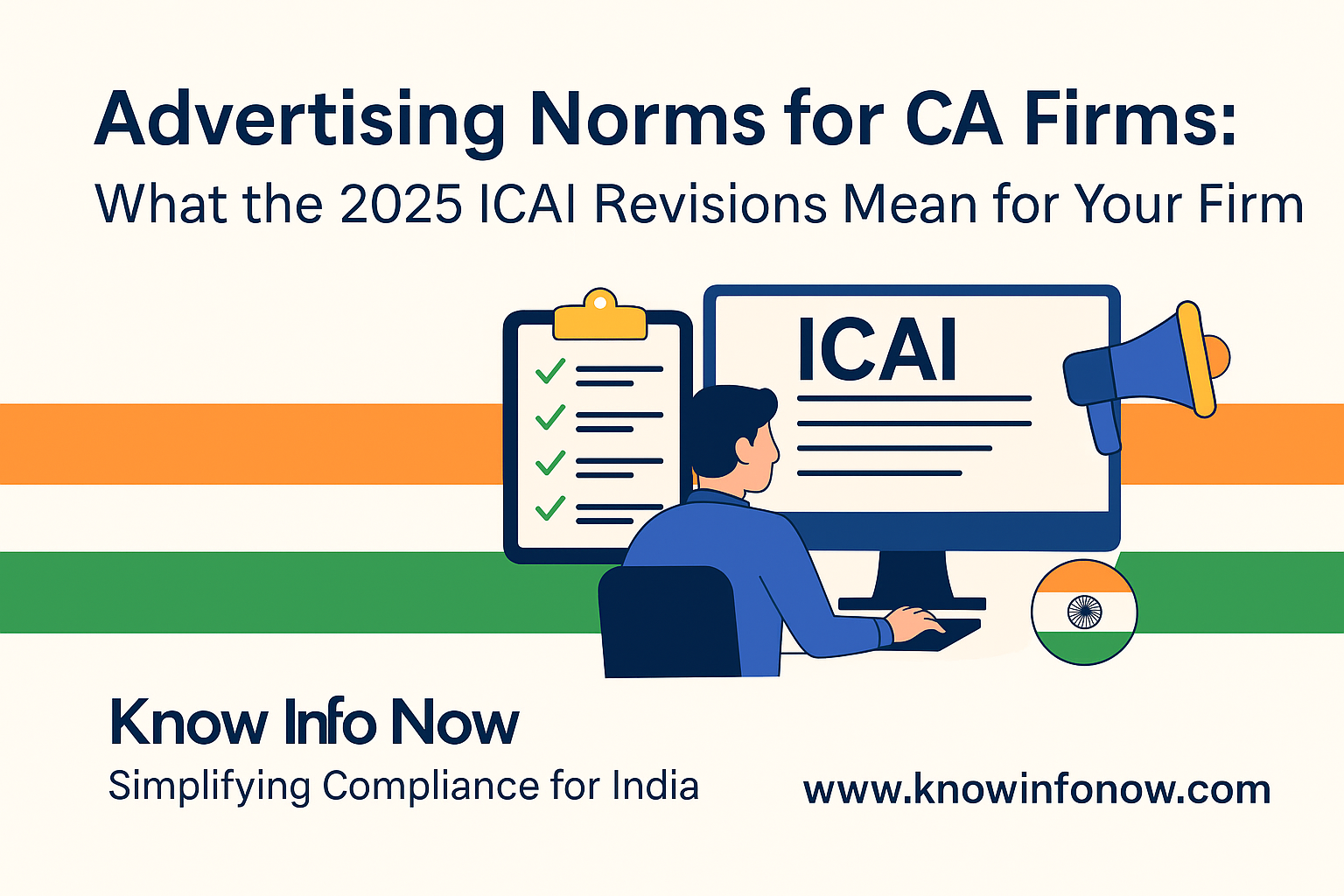Filing a caveat in the Supreme Court of India is a precautionary legal measure taken by a person who apprehends that another party may file an application against them. The caveat ensures that the person filing it (the caveator) is given notice and an opportunity to be heard before any order is passed on the application filed by the opposing party. Here’s a detailed look at the caveat filing process in the Supreme Court:
What is a Caveat?
A caveat is a formal notice to the court and to the opposing party that no order should be passed without hearing the party who has filed the caveat. It is governed by Section 148A of the Code of Civil Procedure, 1908.
When to File a Caveat?
A caveat can be filed in anticipation of any application that may be moved against the caveator in any suit or proceeding instituted or about to be instituted.
Purpose of Filing a Caveat
- Right to be Heard: The primary purpose is to ensure that the caveator gets an opportunity to present their case before any interim or final order is passed against them.
- Avoid Ex-Parte Orders: It helps in preventing ex-parte orders (orders passed without hearing the other side) which might adversely affect the caveator.
Process of Filing a Caveat in the Supreme Court
- Drafting the Caveat Petition: The caveat petition should be meticulously drafted, clearly specifying the details of the anticipated case or application, the caveator’s interest, and the reasons for filing the caveat.
- Filing the Petition:
- The caveat petition must be filed in the registry of the Supreme Court.
- It should contain the name and address of the caveator and the details of the possible applicant (the party against whom the caveat is being filed).
- The petition should include a statement that the caveator will inform the court if any application is made against them.
- Notice to the Opposite Party:
- The caveator must serve a copy of the caveat petition to the person or persons likely to file the application against them.
- Proof of service of the caveat to the opposite party should be submitted to the court.
- Payment of Fees: The prescribed court fee must be paid at the time of filing the caveat petition.
- Period of Validity:
- A caveat remains in force for 90 days from the date of its filing. If the opposing party files an application within this period, the court will notify the caveator.
- If the application is filed after the expiry of 90 days, a new caveat needs to be filed.
Considerations and Precautions
- Accurate Information: Ensure that all information provided in the caveat petition is accurate and complete.
- Timely Filing: It is crucial to file the caveat in a timely manner to ensure that it is in effect when the anticipated application is made.
- Legal Advice: Consulting a legal professional is advisable to understand the implications and ensure that the caveat is drafted and filed correctly.
Role of the Registry
The registry of the Supreme Court plays a crucial role in processing the caveat. They ensure that the caveat is duly registered and that the opposite party is notified as required.
Impact of Filing a Caveat
- Prevents Surprise Orders: The caveator gets a chance to argue their case, thereby preventing any surprise orders that could negatively impact them.
- Legal Strategy: It is a strategic legal tool that can be used effectively to safeguard the caveator’s interests in judicial proceedings.
By filing a caveat, a party takes a proactive step to ensure they are not blindsided by court proceedings initiated by the opposite party. It is an essential part of legal strategy, especially in cases where the stakes are high.
Looking for filing Caveat in Supreme court of India Instantly feel free to call us at 09902977233 or visit https://propertyregistrationinbangalore.com





















